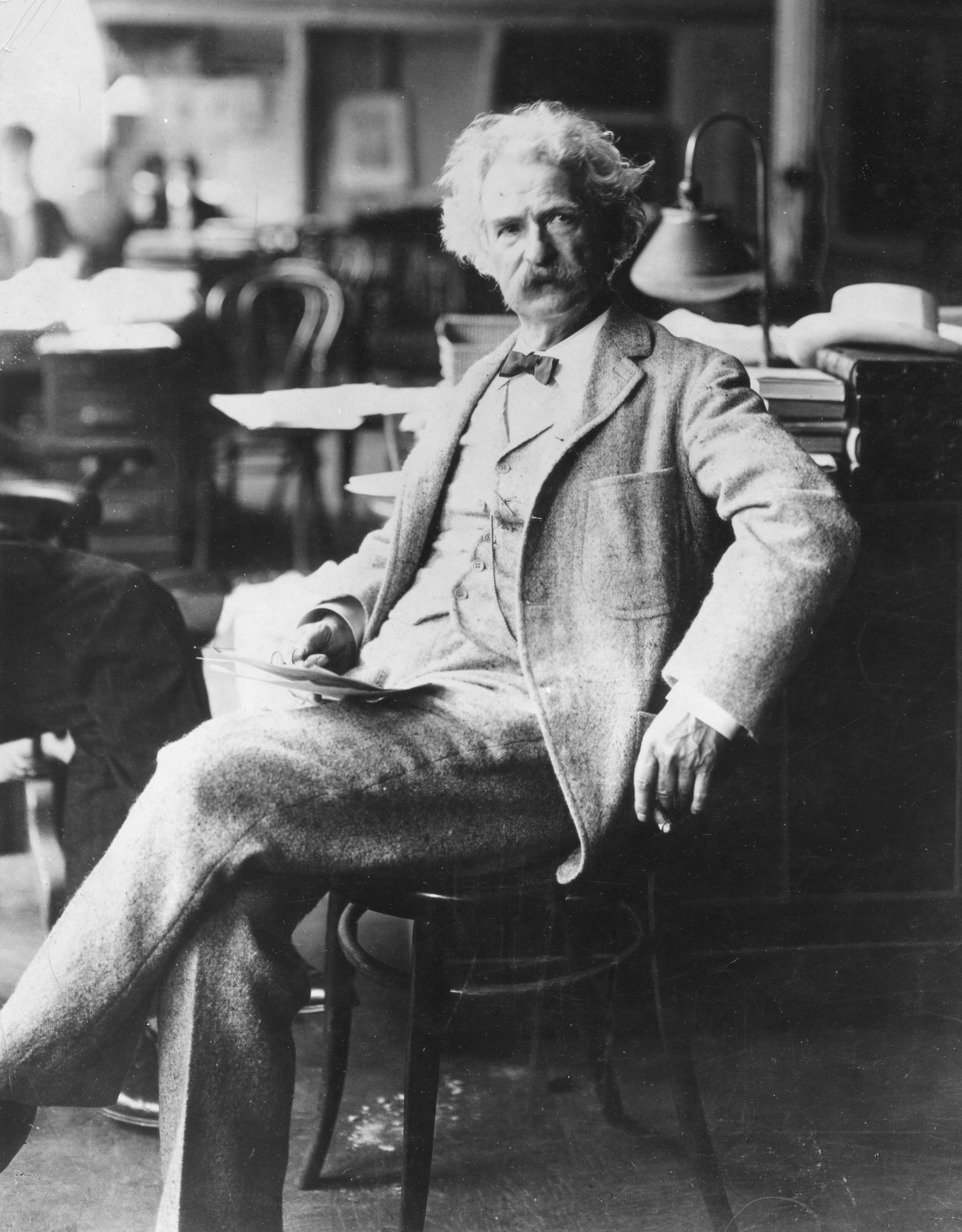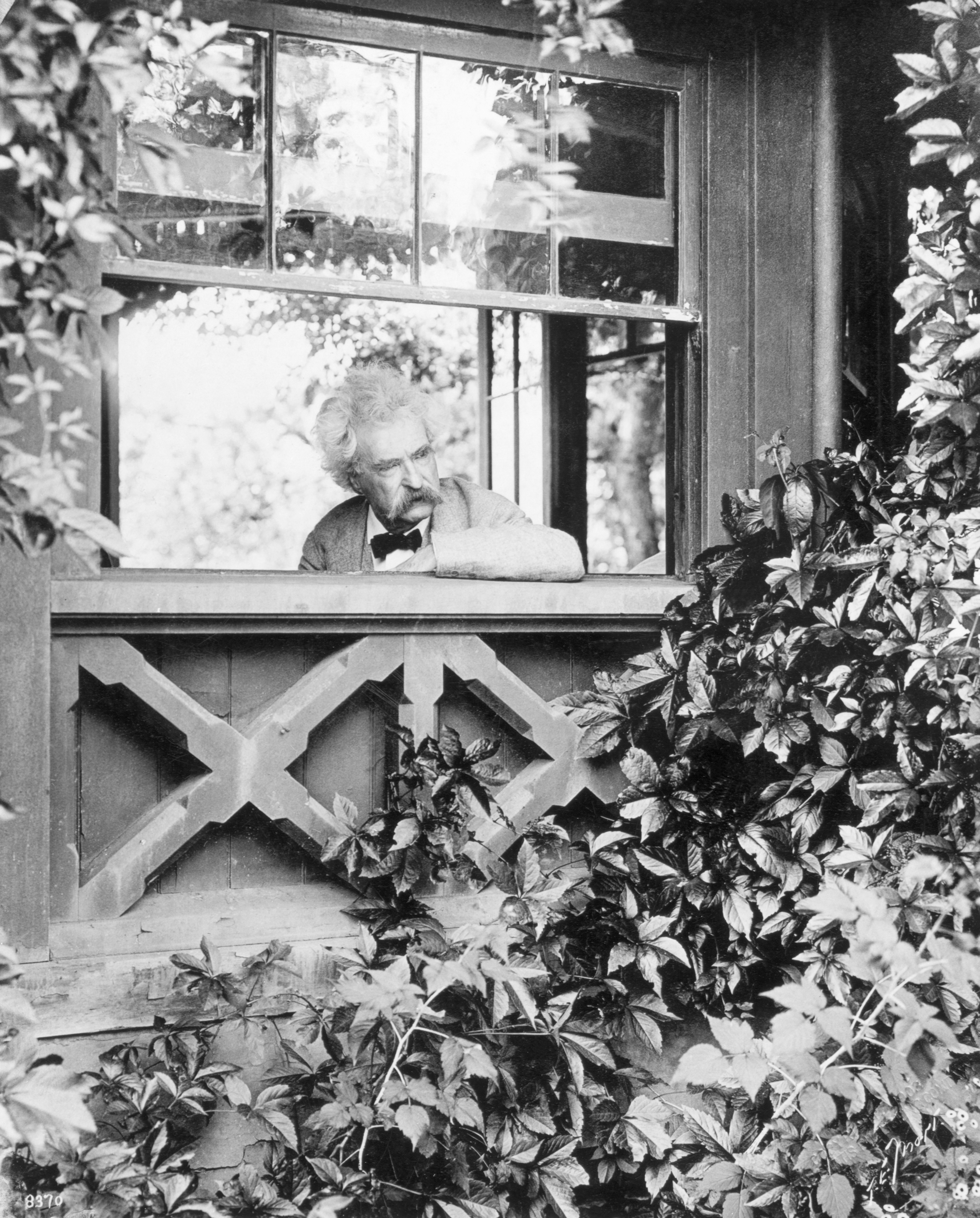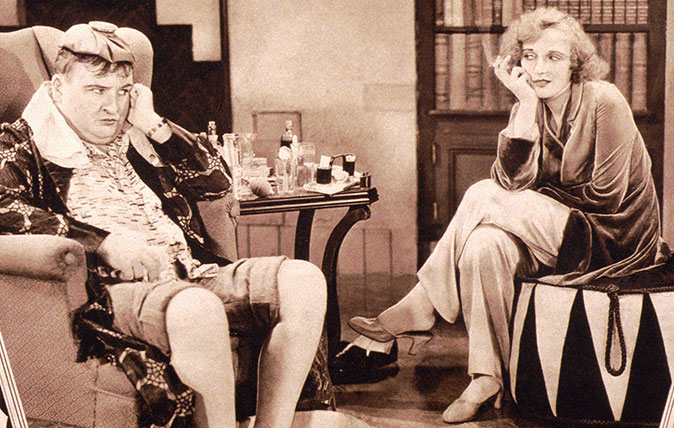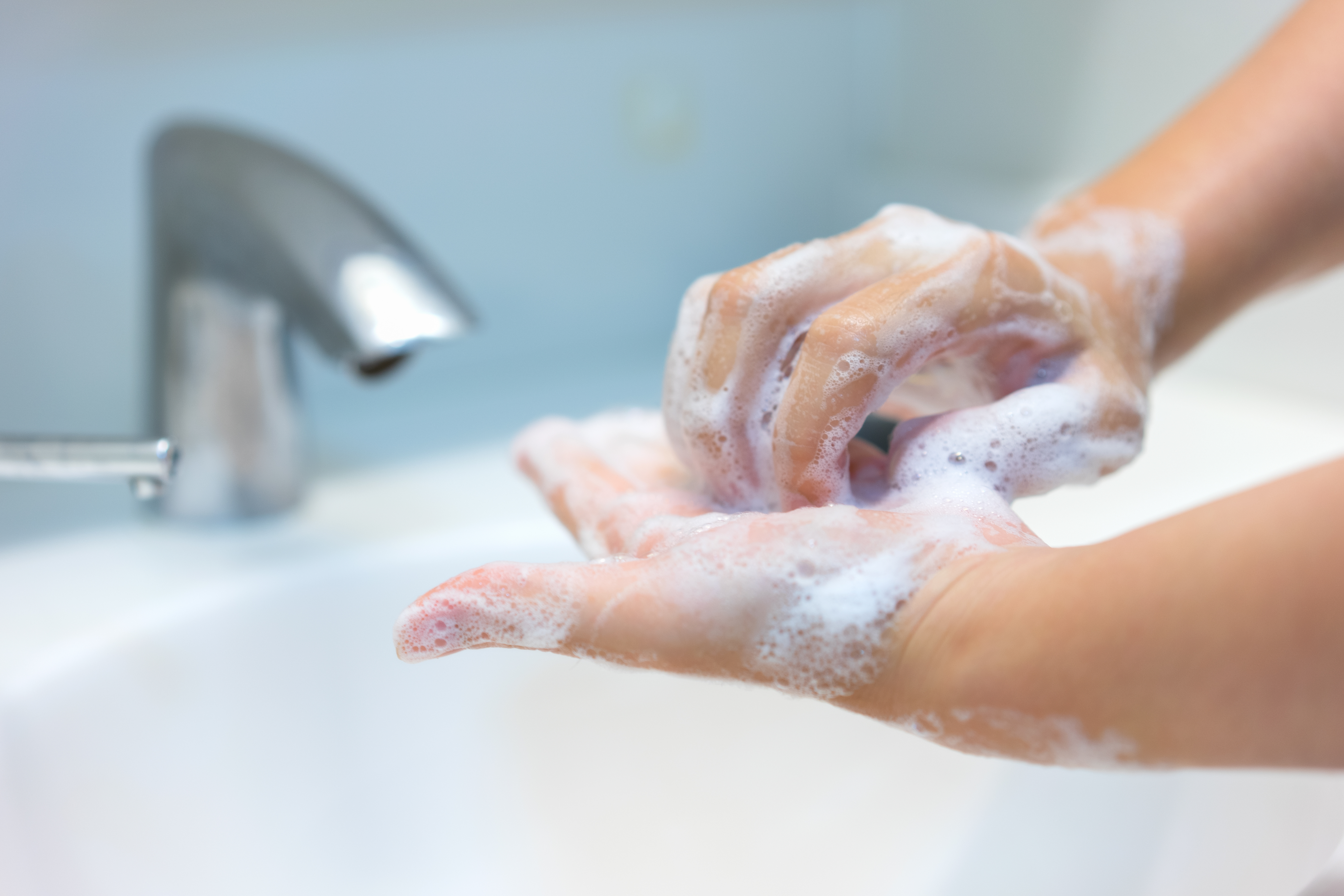Curious Questions: Did Mark Twain really invent the bra strap?
Samuel Clemens Leghorn — better known as Mark Twain — was a man of many trades besides writing, and one of his inventions is still with us today. Martin Fone explains more.


I have always preferred wearing a belt to a pair of braces — or suspenders, as the Americans rather prosaically call them, a perfect example of the opportunities that exist for embarrassing confusion between the versions of English spoken on either side of the Atlantic.
Belts, for me, are easier to use and fulfil the dual purpose of giving a little bit of shape to my ever-expanding waistline as well as preventing my trousers from falling down. Braces are fiddlier and I’m old-fashioned enough to think that they should not be seen, necessitating an extra layer of clothing to hide them.
Braces originated in France in the late 18th century. As the trend then was to wear trousers with increasingly higher waistlines, the belt became more impractical. The well-dressed French gentleman at the time would guard against unfortunate wardrobe malfunctions by attaching cloth straps to his trousers with ribbons. This new fashion accessory soon caught on, sported in England by the Prince Regent and Beau Brummell.
It was an English haberdasher, though, Albert Thurston, who, in 1820, developed what we would recognise as a pair of braces and made them commercially available from his shop at 27, Panton Street in London’s Haymarket. Thurston hit upon the idea of fitting his braces with leather loops which could then be attached to buttons sewn into the inside of the waistband of a pair of trousers. The original design was an ‘H-back’, with a strap joining the two braces together midway up the back. Later designs included the ‘Y-back’, where one strap on the waist bifurcates into two over the shoulder, and the ‘X-back’, where the two straps cross over at the back.
One of the selling points of Thurston’s design was that the braces were detachable and, so, could be used on as many pairs of trousers in your wardrobe as had the buttons to accommodate them. They were a must-have in a chap’s wardrobe, although dress convention demanded that they be hidden from view either by a waistcoat — or a ‘vest’, as the Americans call it — or a well-fitted jacket. Thurston did a roaring trade and the business has held up well: the shop celebrated its bicentenary last year, and has provided everyone from royalty to James Bond with braces.

Not everyone enjoyed wearing braces. One who thought them uncomfortable was Samuel Leghorn Clemens, better known to us these days by his nom de plume of Mark Twain. Being an ingenious sort of fellow, Twain began a search to find another way of giving clothing shape and the wearer a sense of security.
By 1871 he had developed what he called ‘Adjustable and Detachable Straps for Garments’. What it consisted of was a strap which was attached to the back of a garment such as a shirt and fastened in place with buttons, making it easy to remove. By adjusting the length of the strap, the wearer could get a tighter, more figure-hugging fit.
Exquisite houses, the beauty of Nature, and how to get the most from your life, straight to your inbox.
Twain’s aspirations for his device knew no bounds. In his patent application he claimed that it could be used on the ‘the vest, pantaloon or other garment’, including the woman’s corset. He duly received his patent on December 19th of that year.
Aspiration is one thing, cold, harsh reality another. His strap and fastener never really took off, waistcoats eventually coming with an adjustable buckle which served the same purpose, and pantaloons falling out of fashion. With the waistlines of men’s trousers settling down back onto the waist, making a belt a more viable option once more, Twain’s invention seemed destined for the scrapheap.
Attempts were made during the 19th century to liberate women from the restrictive tyranny of the corset. For the lower half of the body, bloomers, named after Amelia Jenks Bloomer, although she claimed Elizabeth Smith Miller had invented them, made a sensational appearance in New York State in 1851 but soon fell out of fashion. It took the craze for cycling in the 1890s to give them a new lease of life.
For the upper body, it was not until 1889 that a garment that could claim any relationship with the modern bra emerged. Herminie Cadolle, a French designer, had the bright idea of splitting the traditional corset into two, the top section supporting the breasts by means of straps with the lower section providing shape to the waist. The word ‘brassiere’ — borrowed from an old French term for a bodice — began to emerge a few years later, and by 1907 became mainstream when used in the magazine Vogue to describe the upper part of Cadolle’s split corset.
In 1914, the New York socialite Mary Phelps Jacob invented and patented the bra as we would know it, deploying two silk handkerchiefs and a pink ribbon. Its advantages were immediately obvious, being lightweight, soft, comfortable and separating the breasts naturally. Jacob later sold the patent for her invention, also known as the ‘backless bra’, to the Warner Brothers Corset Company and it quickly established itself as an essential piece of a woman’s lingerie.
Something was needed, though, to ensure that the bra strap at the back remained in place. In that respect, bra technology has developed little from its early days and the clasp which secures the elastic band even now is none other than Twain’s Adjustable Detachable Strap for Garments. Of course, by that time Twain’s patent had long since expired and he was dead. I’m sure he would have appreciated the irony of that.
Twain also held two other patents. His self-adhesive scrapbook, patented in 1883, contained pages coated in an adhesive which the user moistened before affixing their news clipping, was a commercial success. It earned him, according to the St Louis Post-Dispatch, $50,000 — about a quarter of the sum he generated through his writings.
His ‘Memory Builder’ wasn’t such a success. It was an educational game intended to ‘fill the children’s heads with dates without study’, and featured cribbage boards as a form of historical timeline. It received a patent in 1885, but proved a dud: despite sending prototypes to toy shops in a last throw of the dice in 1891, it never went into production. You win some and you lose some.

Curious Questions: Why do actors say ‘break a leg’?
The best-known phrase for wishing an actor luck is also the most baffling. Martin Fone, author of 'Fifty Curious Questions',

How four of the greatest writers in history thrived in their garden sheds
Over the years many writers have found a garden shed to be a perfect place to lock themselves away from

Curious Questions: What is the perfect hangover cure?
If there's a definite answer, it's time we knew. Martin Fone, author of 'Fifty Curious Questions', investigates.

Credit: Getty Images/EyeEm
Curious Questions: Who first discovered that washing your hands stops the spread of disease?
Washing your hands regularly is the single biggest thing you can do to help stop the spread of coronavirus. In
After graduating in Classics from Trinity College Cambridge and a 38 year career in the financial services sector in the City of London, Martin Fone started blogging and writing on a freelance basis as he slipped into retirement. He has developed a fearless passion for investigating the quirks and oddities of life and discovering the answers to questions most of us never even think to ask. A voracious reader, a keen but distinctly amateur gardener, and a gin enthusiast, Martin lives with his wife in Surrey. He has written five books, the latest of which is More Curious Questions.
